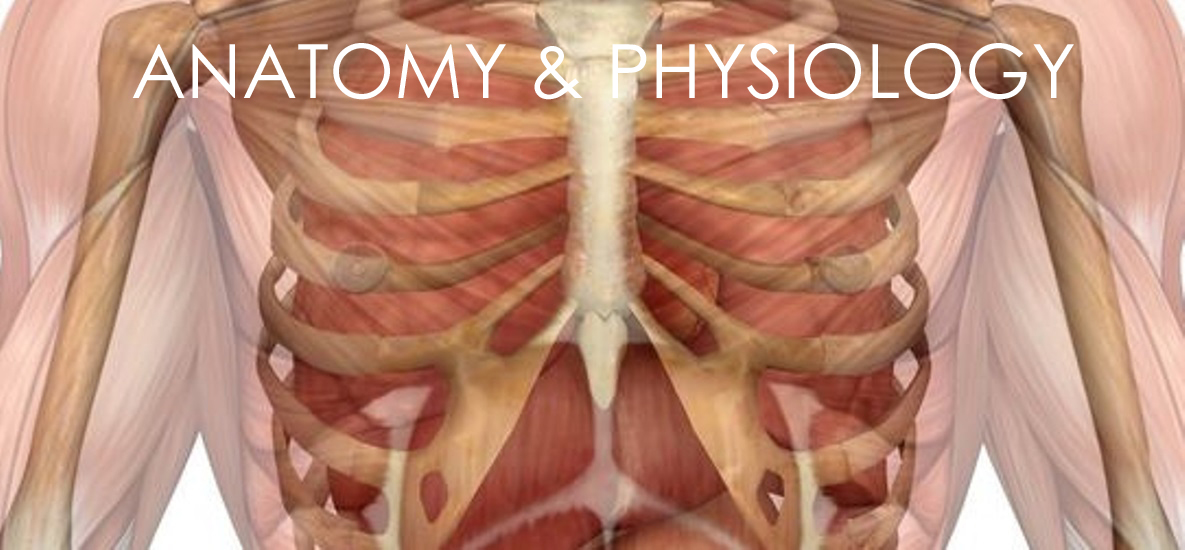Are You Quiz 6 Ready BIO 110? Material for Midterm Review Part II
I-The Chain of Infection Explained:
Now… On you own:
Here’s another peek…How did you do?
Circle how many you get right? 1 2 3 4 5 6
Six Elements of Infection
There are six elements in the cycle of infection, and all six must be present before the transmission of infection can take place.
| Element in the cycle of infection | Explanation | Common examples |
| 1. Infectious Agent | When germs enter the body, they can cause illness |
|
| 2. Reservoir | Where germs normally live and multiply |
|
| 3. Portal of Exit | How germs leave the body |
|
| 4. Transmission | How germs are spread * Refer to next page for a detailed explanation of how infections spread. |
|
| 5. Portal of Entry | How germs enter the body |
|
| 6. Susceptible Host | A person who gets an infection because he/she is unable to successfully fight the infection |
|
II–Now pick an Infectious Agent and list the 6 factors of the chain of Infection specific to a Clinical Situation involving that Infectious Agent. i.e. Malaria, Dengue, Influenza etc.
III-Now for some questions: Try These!
| 1. The condition that prevents an organism from functioning effectively is called a:
A disease B vector C benign tumor |
||
| 2. Infectious diseases used to be called contagious because they can:
A only be caught by animals B only cause fevers C spread from person to person |
||
| 3. Disease-causing organisms are:
A decomposers B pathogens C antibiotic |
||
| 4. The disease-causing organism that causes the common cold is a:
A virus B bacterium C protozoan |
||
| 5. The disease-causing organism that causes acne is a: A fungus B bacterium C virus | ||
| 6. Malaria is spread via the Anopheles mosquito. An animal which helps to spread disease by carrying the pathogen is a: A virus B vector C symptom | ||
| 7. A round-shaped bacterium is called a:
A spirillus B bacillus C coccus |
||
| 8. An example of an ectoparasite is the:
A human B tick C rat |
||
| 9. The mode of transmission of the HIV virus causing AIDS is via:
A sexual contact B blood C both of the above |
||
| 10. Antibiotics are not effective against diseases caused by:
A bacteria B living organisms C viruses |
||
| 11. A person who carries the causative organism of a disease but does not become ill with that disease is called:
A host B a carrier C resevoir |
||
| 12. Signs of the common cold include:
A runny nose and fever B numbness and tingling C diarrhea and fever |
||
| 13. A disease caused by a fungus is:
A measles B tinea C typhoid fever |
||
| 14. A disease spread by contaminated food or water is:
A mumps B cholera C measles D Rubella |
||
| 15. A disease spread by droplet is:
A shingles B rubella C syphilis
|
Ok, how did you do?
You are almost there…almost.
IV–List 10 Infectious Diseases and How they are transmitted.
Diseases How they are transmitted
- _______________________________. ____________________________________
- _______________________________. ____________________________________
- _______________________________. ____________________________________
- _______________________________. ____________________________________
- _______________________________. ____________________________________
- _______________________________. ____________________________________
- _______________________________. ____________________________________
- _______________________________. ____________________________________
- _______________________________. ____________________________________
- _______________________________. ____________________________________
How did you do?
Ok now try this…
V–List 5 Infectious Diseases and 5 Mon Infectious diseases:
Infectious Non-Infectious
- _______________________________. ____________________________________
- _______________________________. ____________________________________
- _______________________________. ____________________________________
- _______________________________. ____________________________________
- _______________________________. ____________________________________
Special Definitions:
- Pathogen
- Pathology
- Infection
- Infectious
- BSI
- PPE
- Universal Precautions
- Ingestion
- Airborne
- Droplet
- Incubation Period
Discussions:
- Cleaning VS Disinfection: __________________________________________________
- Disinfection VS Sterilization: __________________________________________________
- Contamination VS Communicable: _________________________________________________
- Contagious. VS Infectious: __________________________________________________
- Direct Contact VS. Indirect Contact: ________________________________________________
- Acquired VS. Congenital: __________________________________________________
- Standard Precautions VS Transmission based Precautions: _____________________________
- Airborne VS Droplet VS Contact: _______________________________________________
Basic Infection Control Techniques
Advanced Infection Control Techniques, Donning and Doffing
Basic Infection Control: List 10 things you can do to help prevent contracting an infectious disease.
1._____________________________________________________________
2._____________________________________________________________
3._____________________________________________________________
4._____________________________________________________________
5._____________________________________________________________
6._____________________________________________________________
7._____________________________________________________________
8._____________________________________________________________
9._____________________________________________________________
10._____________________________________________________________



